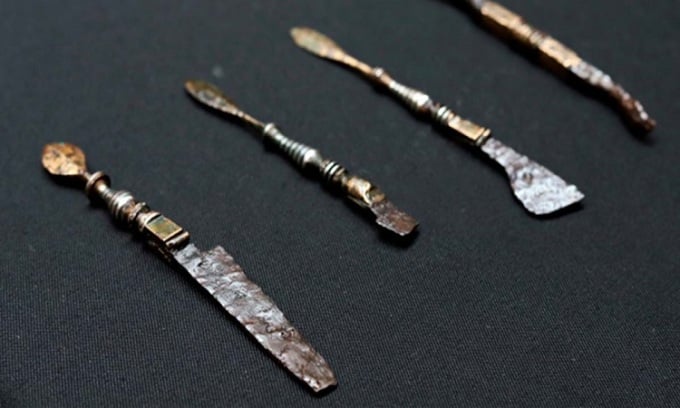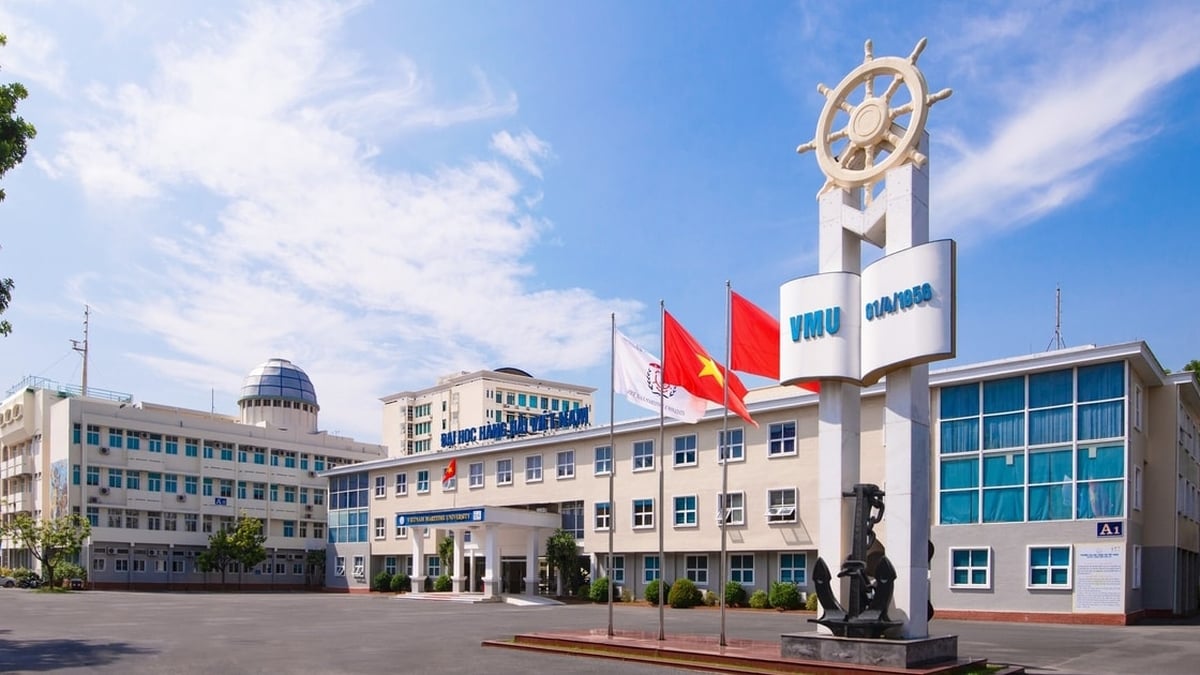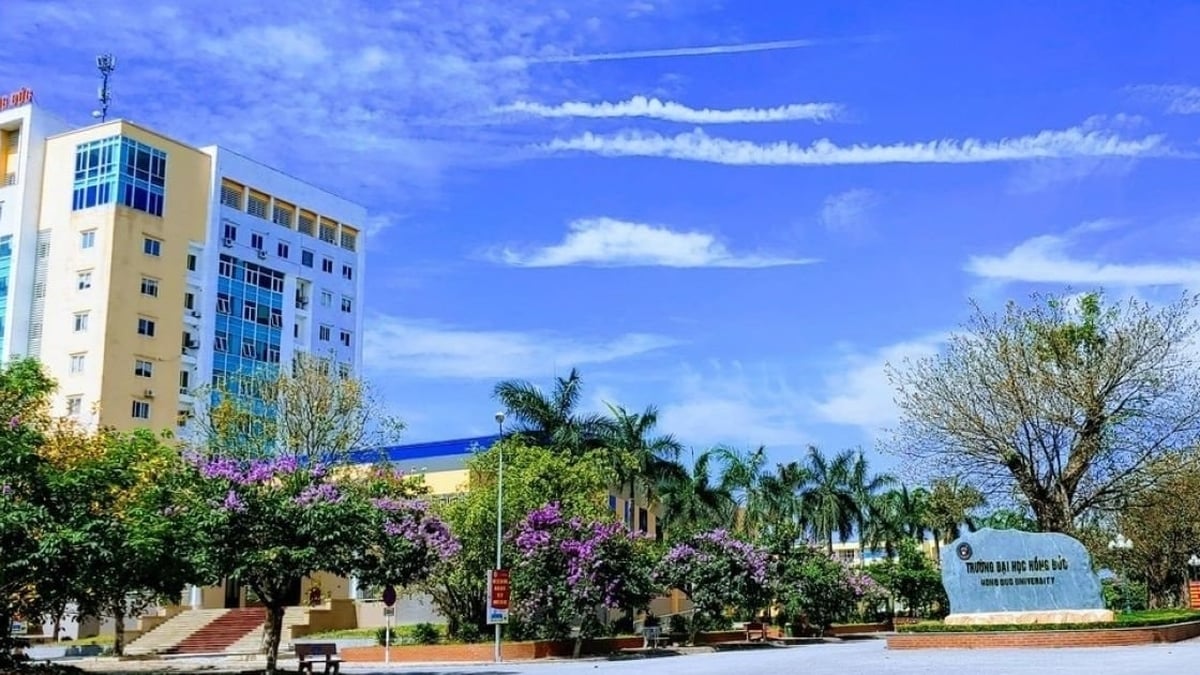Archaeologists have found the tomb of an ancient Roman doctor who lived 2,000 years ago and traveled to Hungary for an unknown reason.

Medical instruments in the tomb of a Roman doctor. Photo: ELTE
Ancient Origins reported on April 27 that the doctor’s tomb is located near Jászberény, a city about 80.5 km from Budapest. Containing the doctor’s medical tools, the presence of the tomb has puzzled the archaeological team because they cannot explain why he moved to a place so far from his hometown.
According to Eötvös Loránd University, the tomb had been intact for about 2,000 years. Inside the tomb were the remains of the doctor, complete with skull and femur, and a wooden chest containing a medical kit, with traces of medicine. The high-quality tools included pliers, sewing needles, tweezers, a scalpel with a replaceable blade, and a whetstone that could have been used to mix medicine or sharpen the blade. This is the second complete set of medical tools from ancient Rome that researchers have ever discovered. The other set is in Pompeii.
According to Leventu Samu, a research assistant at the university’s archaeological institute, the Roman tomb belonged to a doctor aged between 50 and 60 years old and showed no signs of injury or illness. The tomb was virtually undisturbed, except for traces of animals. The available data do not suggest that the doctor treated a prominent local ruler or accompanied the Roman army, according to András Gulyás, an archaeologist at the Jász Museum.
From the quality of the instruments, it can be inferred that the doctor was highly skilled and capable of treating a wide range of diseases. Archaeologists will continue to study the doctor’s remains and medical equipment to better understand this period in history. They may also learn more about ancient Roman medical practices.
During Roman times, there were many medical professionals, including physicians, midwives, and physicians. Physicians were trained in centers like Alexandria. They held high social status and were paid a salary. Surgery was often a last resort, used for amputations, skull resections, and removal of kidney stones. Since anesthesia was not used, the procedure was often very painful for the patient.
An Khang (According to Ancient Origins )
Source link


































































































Comment (0)